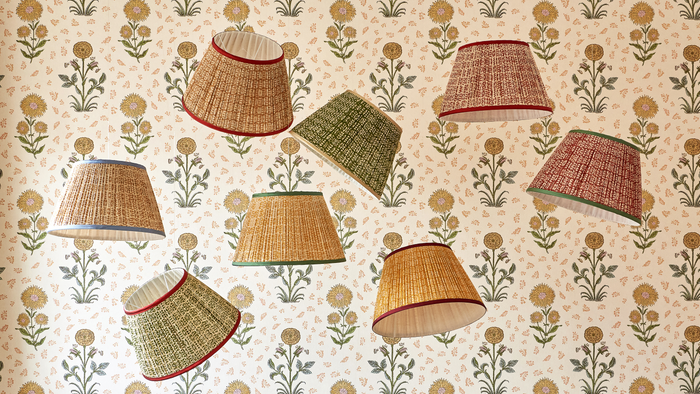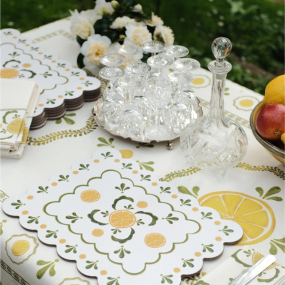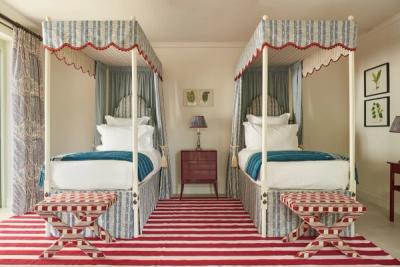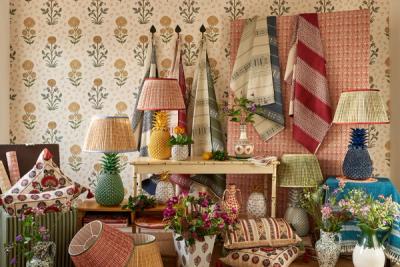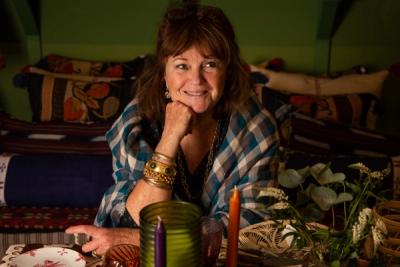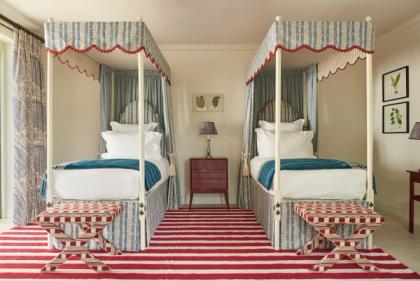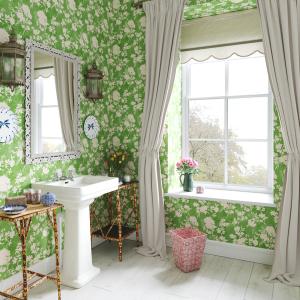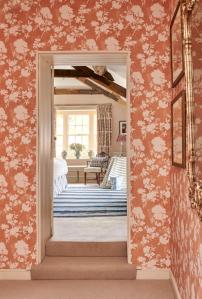
3 Tips for Ambient Lighting in the Home
Lighting is one of the cornerstones of interior design. It spells the difference between focus and relaxation, a busy mind and a quiet mind, a home ready for action and a home ready to embrace its occupants and create a comfortable retreat from the world beyond it.
It’s no secret that the well-lit home is the welcoming home. We all know the horrible feeling of walking into a room that has, for some reason, been lit like an operating theatre, or attempting to talk to someone through the dazzling ray of an ill-positioned spotlight. Contrast that with the pleasure of walking into a room that is glowing with warm and welcoming light — and the shift in atmosphere that comes with it — and you have all the encouragement you need to pay more attention to your lighting.
Even with the most beautiful and comfortable furnishings in the world, ambient lighting is the key to creating a welcoming setting for yourself, or for your guests.
Here are our tips.
Focus on lamplight
When it comes to ambient lighting, the sweet spot lies somewhere just about midway between too bright and too dim. You don’t want to be squinting through a halogen glare, but you also don’t want to feel as though the room is dim enough to lull you to sleep on the sofa at 6pm.
Unless you’ve got some carefully engineered overhead lights, chances are that the room’s primary lighting sources are too powerful to help you create a more ambient setting. They certainly have their uses, but also their limitations.
Lamplight is ideal because it can be layered. If the light is overpowering, it can be ‘subtracted’ incrementally, rather than all at once, and if it is insufficient, it can be augmented bit by bit.
Plus, lamps make for the ideal decorative pieces. Take a look at our full lighting collection for more inspiration.
We have also put together a comprehensive guide to finding the right lamp bases and shades for your home, which you can dip into here.
Add in candlelight, but don’t rely on it
There is no lighting style more romantic than candlelight, but, unless you have a Victorian level of commitment to striking matches and festooning surfaces with tea-lights, pillar candles and oil lamps, it’s quite hard to light an entire room using candlelight alone.
Instead, one of the best ways to use candlelight is to use it to add an extra flourish to the darker corners and recesses of the room. The flickering shadows it projects onto the wall, even when used sparingly, will add just as much ambience to the room as it would if it were filled with lit candles, with the added benefit that you will be able to see more than three feet in front of you.
You can capture a similar vibe by focusing on warm-hued bulbs, rather than the starker, whiter bulbs that prove more useful in the kitchen, pantry, or mudroom. It’s not quite the same as candlelight, but the glow will be just as welcoming — and more effective at bringing the room up to a certain level of lighting.
Don’t keep everything at the same level
One of the ultimate tricks to creating a dynamic and welcoming room is to avoid placing all of your various lighting sources at the same level. Yes, one or two lamps placed at the same height (for instance, on two matching side tables) is fine, but any more than that and the room will begin to look quite flat, however many lighting sources and warm, dim shades you introduce.
Consider putting a smaller lamp on a high shelf, a larger one very close to the floor, and plenty at different levels throughout the room. If you have any angle lights, be intentional about where you point them – avoid training too many beams onto one seat or area – and don’t be afraid to focus on very particular spots, like a favoured reading chair or a carefully arranged shelf.
When you take in the full scene, the effect created by many different spots of light and hints of shadow will be all the more interesting to the eye – and, of course, incredibly inviting.
Obviously, with traditional lampshades, you want to avoid placing the lamps too low, or risk getting an eye-full of naked light every time you pass by. Aim for eye-level or higher unless the lamp is placed in an alcove or away from the room’s main ‘traffic’.
More from Decoration




